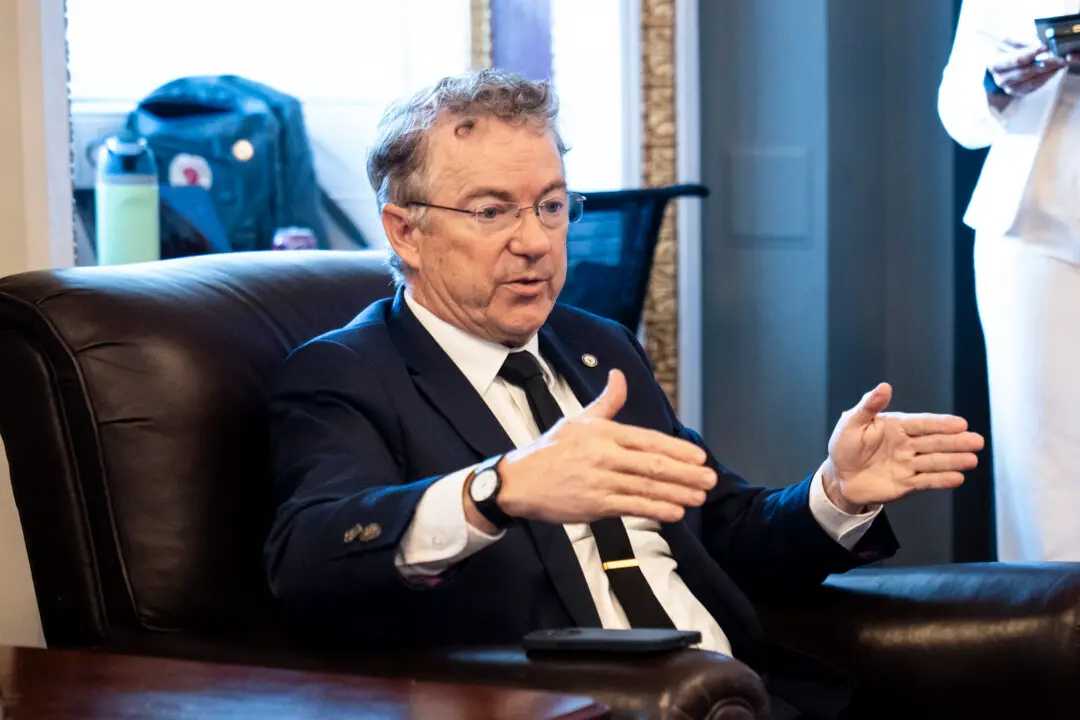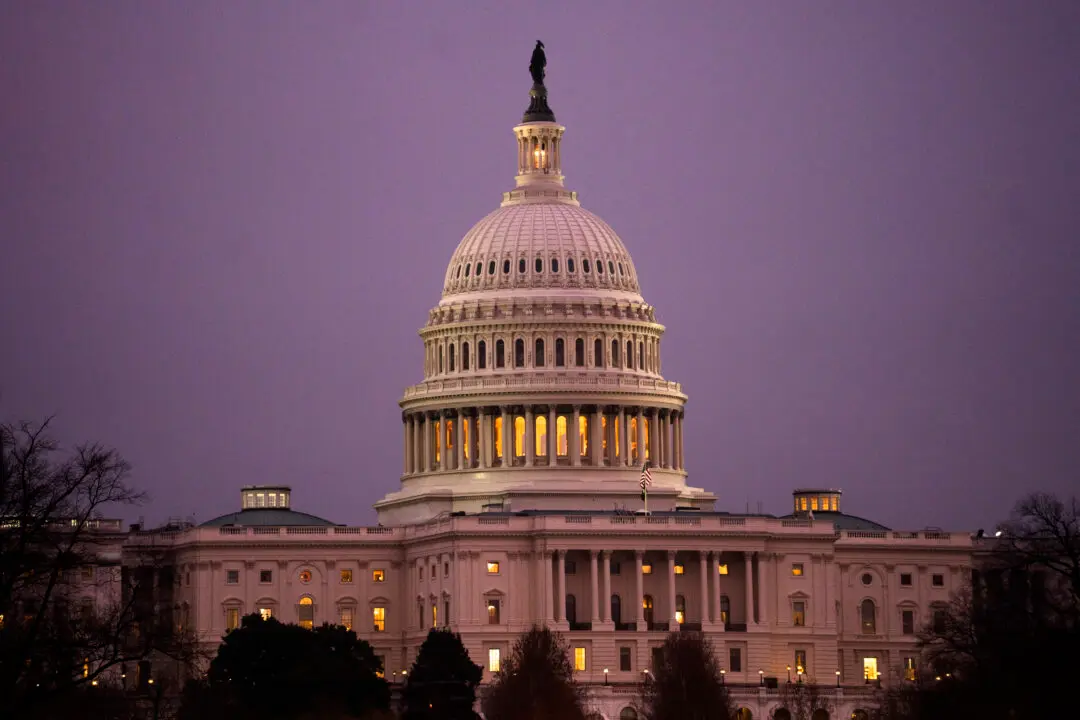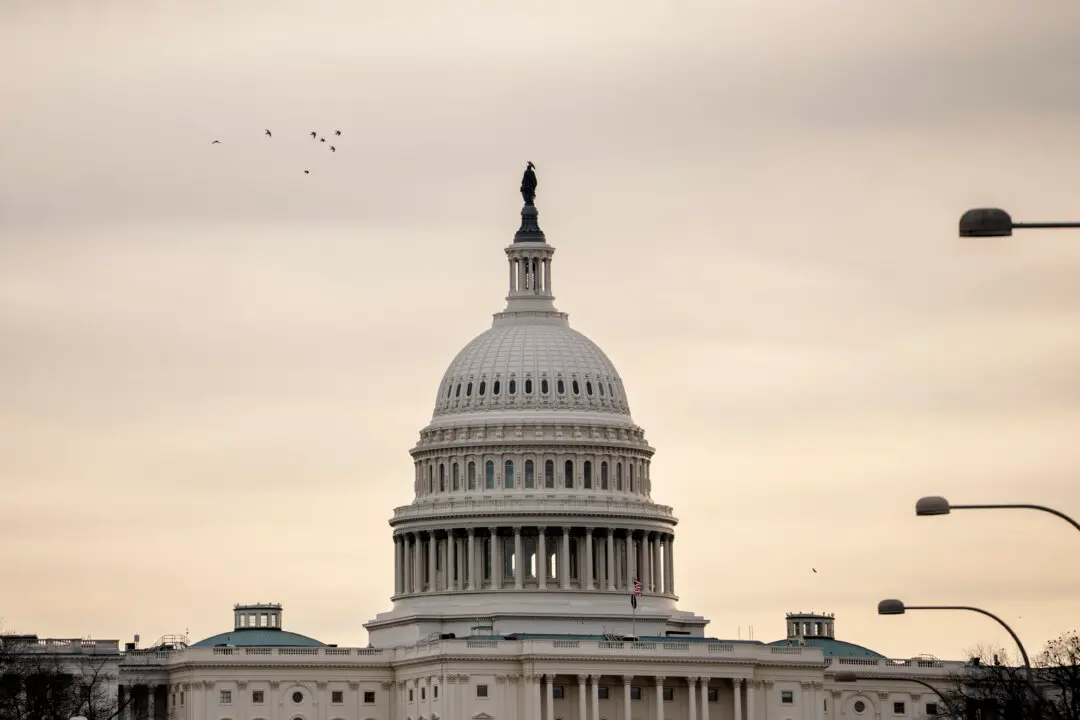Speaking at a wind industry conference held by the American Clean Power Association, Secretary of the Interior Deb Haaland announced plans by the Bureau of Ocean Energy Management (BOEM) to arrange seven offshore lease sales along the U.S.’ coastlines by 2025, in line with the Biden administration’s executive order, “Tackling the Climate Crisis at Home and Abroad,” which directed the Secretary of the Interior to “[double] offshore wind by 2030.”
The proposed sites would include the coast of northern and central California, the coast of Oregon, the Gulf of Mexico, the Carolina Long Bay, the Central Atlantic, the New York Bight, and the Gulf of Maine.





